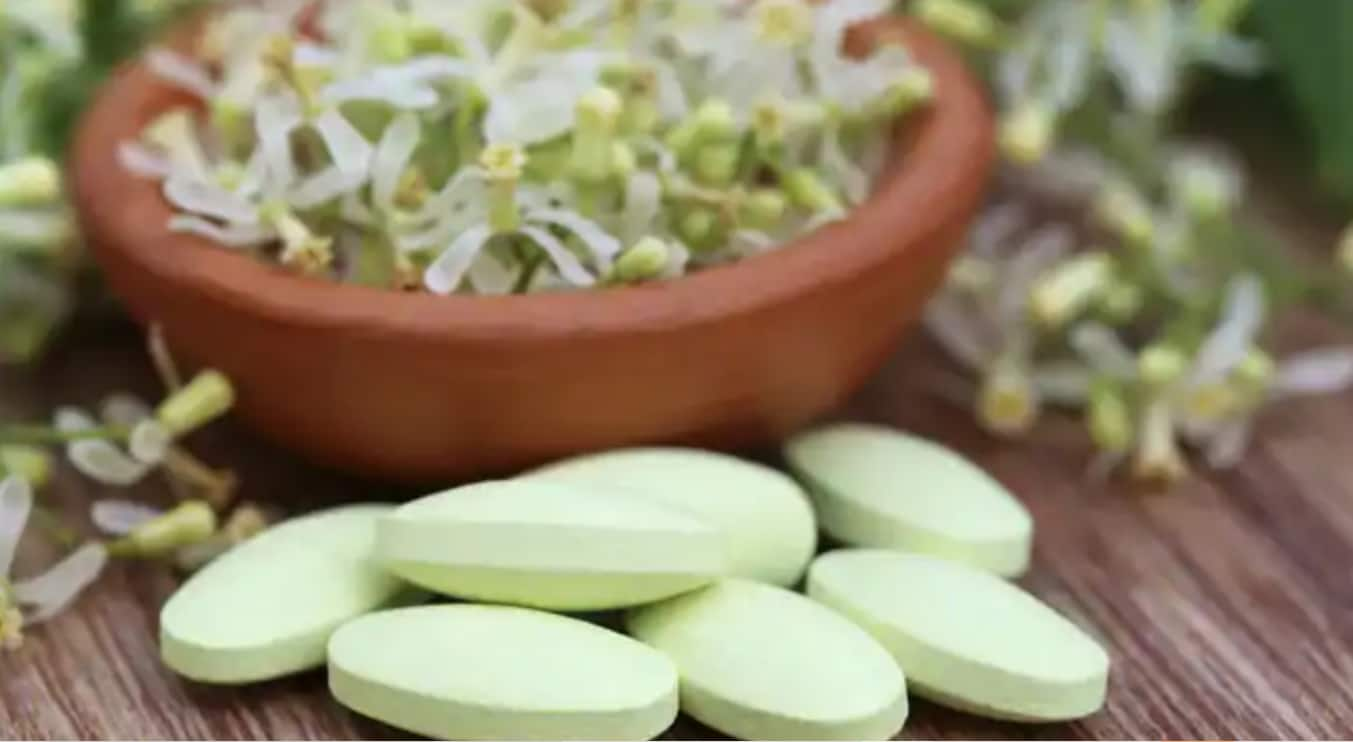
In a significant advance, an interim report on a clinical trial has shown that COVID-19 coronavirus patients receiving natural treatment are resolving most symptoms earlier than those using allopathic medications. The clinical trial was carried out in three hospitals.
The interim report said that the combination treatment of an Ayurvedic remedy called ‘Immunofree’ by Corival Life Sciences, and Nutraceutical called ‘Reginmune’ by Biogetica have shown better results than conventional government-approved drugs for the treatment of coronavirus.
The interim report also added that tests such as C-reactive protein, procalcitonin, D-dimer, and RT-PCR also show a 20 to 60 percent better improvement for natural treatment compared to conventional treatment of patients with COVID-19.
According to the report, more than 85% of patients with the natural protocol tested negative for coronavirus on day 5 compared to 60% of patients who underwent conventional treatments. In particular, all patients were negative when tested on the 10th day.
On live Tv
Immunofree and Reginmune were studied in a pharmaceutically controlled multicenter clinical trial in 3 hospitals across the country. This CTRI-approved trial is being conducted in moderately positive COVID-19 patients at the Government Medical Hospital, Srikakulam Andhra Pradesh, Parul Sevashram Hospital, Vadodara, Gujarat, and Pune Lokmanya Hospital, Maharashtra.
Meanwhile, India’s COVID-19 count surpassed the 61 lakh mark on Tuesday (September 29) with an increase of 70,589 new cases and 776 deaths reported in the past 24 hours. The total coronavirus case count is 61,45,292, including 9,47,576 active cases, 51,01,398 cured / discharged / migrated, and 96,318 deaths.
In a related development, the Indian Council for Medical Research (ICMR) said Tuesday that a total of 7,31,10,041 samples were analyzed through Sept. 28 for COVID-19, adding that 11,42,811 samples were analyzed yesterday. .
.